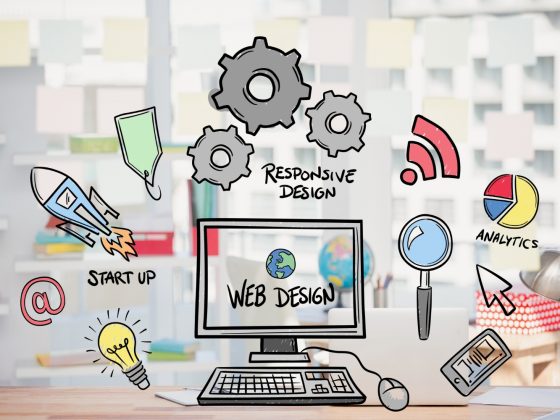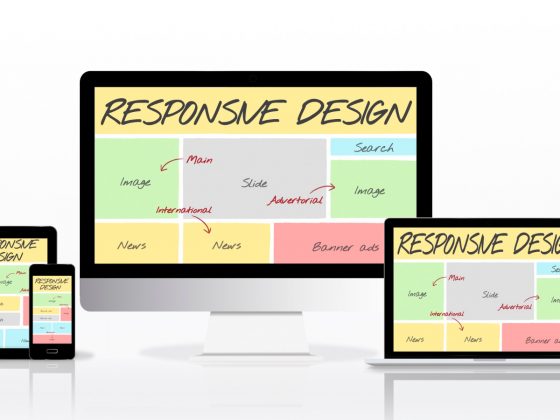Web development is the process of creating websites and web applications that are accessible through the internet. It involves a combination of programming, design, and content creation. In this article, we will cover the basics of web development and provide an overview of the key concepts and technologies involved.
HTML
HTML, or Hypertext Markup Language, is the foundation of web development. It is a markup language used to structure content on web pages. HTML allows developers to define the layout and organization of a web page, including headings, paragraphs, lists, links, images, and other elements. HTML is not a programming language, but rather a markup language that provides the structure for a web page.
CSS
CSS, or Cascading Style Sheets, is used to style HTML content. CSS allows developers to define the visual appearance of a web page, including fonts, colors, layout, and other design elements. With CSS, developers can create responsive designs that adapt to different screen sizes and devices.
JavaScript
JavaScript is a programming language used to add interactivity to web pages. With JavaScript, developers can create dynamic and interactive web applications that respond to user input and update content in real-time. JavaScript is used to create animations, forms, and other interactive elements.
Backend Development
Backend development involves creating the server-side components of a web application. This includes programming languages like PHP, Ruby, Python, and Node.js, as well as databases like MySQL and MongoDB. Backend developers are responsible for creating the logic that powers the web application, such as handling user input, processing data, and interacting with external APIs.
Frontend Development
Frontend development involves creating the client-side components of a web application. This includes HTML, CSS, and JavaScript, as well as libraries and frameworks like React, Angular, and Vue. Frontend developers are responsible for creating the user interface and experience, ensuring that the web application is accessible and easy to use.
Responsive Design
Responsive design is an approach to web development that ensures a web page looks good on all devices, from desktops to smartphones. With responsive design, developers use CSS and other techniques to create a flexible layout that adapts to different screen sizes and resolutions. This ensures that users have a consistent experience across all devices.
Web Accessibility
Web accessibility is the practice of ensuring that web content is accessible to people with disabilities. This includes designing web pages that are easy to navigate using assistive technologies like screen readers, ensuring that all content is accessible via keyboard navigation, and providing alternative text for images and other non-text content.
In conclusion, web development is a complex and multifaceted field that involves a variety of programming languages, design tools, and content creation techniques. By mastering the basics of web development, you can create engaging and interactive web applications that are accessible to users on all devices.








